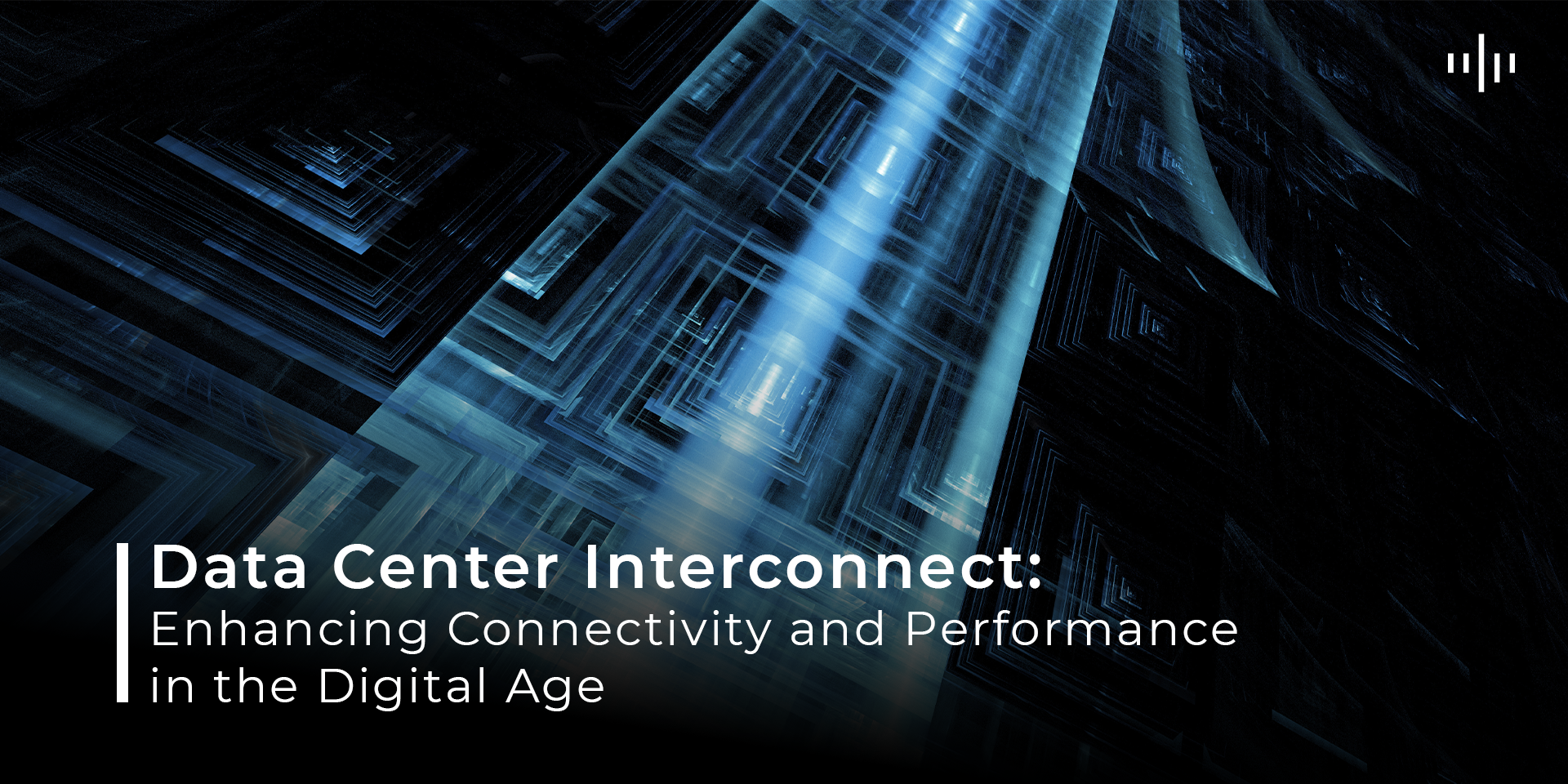Data Center Interconnect:
Enhancing Connectivity and Performance in the Digital Age
Introduction:
In the digital age, the demand for high-speed data transfer and interconnection between data centers has grown exponentially. Data center interconnect (DCI) technologies play a crucial role in meeting this demand, enabling seamless communication and data exchange between geographically dispersed data centers. This article explores the various aspects of DCI, including its importance, benefits, challenges, and the latest advancements in this field.
- Understanding Data Center Interconnect:
Data center interconnect refers to the technology and infrastructure that connects two or more data centers, allowing them to share data and resources efficiently. DCI solutions typically involve a combination of high-speed networking equipment, optical fiber cables, and software-defined networking (SDN) technologies to enable fast and reliable data transfer over long distances.
- The Importance of Data Center Interconnect:
As businesses continue to expand their digital footprint, the need for reliable and high-performance data center connectivity has become paramount. DCI helps organizations achieve several key objectives:
- Scalability: DCI enables organizations to scale their data center infrastructure by interconnecting multiple data centers, allowing them to expand their capacity and meet growing demands without significant disruptions.
- Disaster Recovery and Business Continuity: By interconnecting data centers located in different geographical regions, organizations can ensure that their critical data and applications remain accessible even in the event of a disaster or outage at one of their data centers.
- Improved Performance: DCI solutions help reduce latency and improve overall performance by providing direct, high-speed connections between data centers, enabling faster data transfer and processing.
- Cost Savings: By interconnecting data centers, organizations can optimize their data storage and processing resources, leading to reduced costs and improved operational efficiency.
- Challenges in Data Center Interconnect:
While DCI offers numerous benefits, there are also several challenges that organizations must address to ensure successful implementation:
- Distance and Latency: As data centers are often located far apart, maintaining low latency and high-speed connections can be challenging.
- Security: Ensuring the security of data transmitted between data centers is critical, as any breaches could have severe consequences.
- Cost: Implementing and maintaining DCI solutions can be expensive, particularly for organizations with limited budgets.
- Complexity: Managing and configuring DCI infrastructure can be complex, requiring specialized knowledge and expertise.
- Advancements in Data Center Interconnect Technologies:
Recent years have seen significant advancements in DCI technologies, driven by the growing demand for high-speed, low-latency data transfer:
- Optical Interconnects: The use of optical fiber cables and advanced modulation techniques has enabled the transmission of data at higher speeds and over longer distances.
- Software-Defined Networking (SDN): SDN technologies have made it easier to manage and configure DCI infrastructure, allowing for more flexible and scalable solutions.
- Coherent Optical Interconnects: Coherent optical technologies have enabled the transmission of more data over a single fiber, further increasing the capacity of DCI solutions.
- AI and Machine Learning: The integration of AI and machine learning technologies has helped improve the efficiency and performance of DCI solutions, enabling organizations to optimize their data center connectivity.
Conclusion:
Data center interconnect plays a crucial role in enabling organizations to meet the growing demand for high-speed data transfer and seamless communication between data centers. As technology continues to advance, DCI solutions are becoming more efficient, reliable, and cost-effective, helping organizations to optimize their data center infrastructure and achieve their digital transformation goals.







